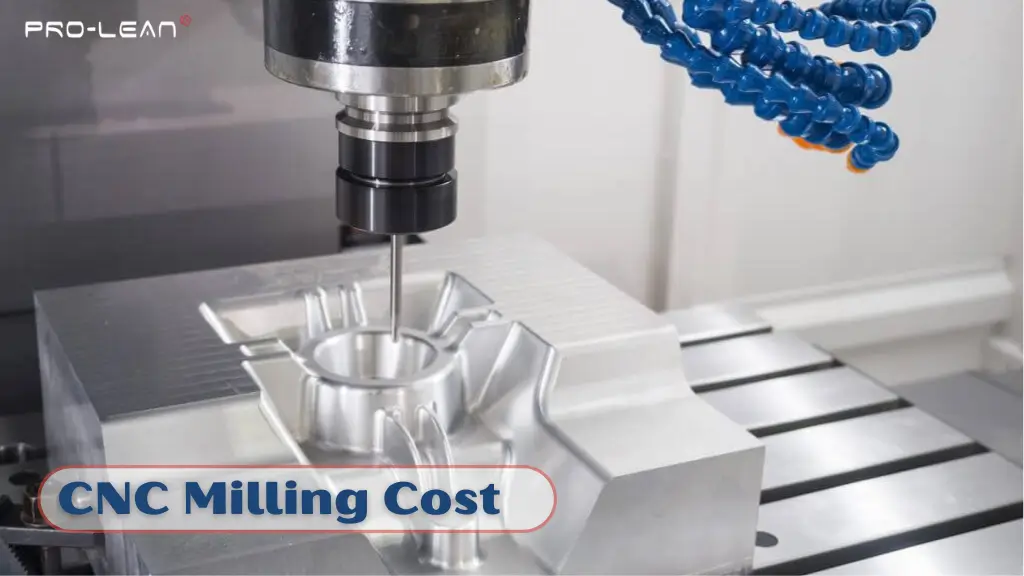
CNC milling Cost
Milling cost is the first step while planning a CNC milling project. Many customers ask about the CNC machining cost or how the CNC milling cost per hour is calculated. Your milling cost depends on several factors such as design, material and the number of parts.
At ProleanTech, we make it easier to manage custom CNC milling costs. Our team specializes in CNC precision machining parts, complex CNC machining, and custom milling for all types of industries. We give you dependable quality without stretching your budget, from CNC milling for small batch production or a high-volume order.
With our advanced CNC milling service in China, you get high-quality results and a competitive CNC milling price. We also guide you through CNC machining cost calculation so you can plan your project better.
In this blog post, we will explain the main factors that affect CNC milling costs and also share practical steps to reduce costs.
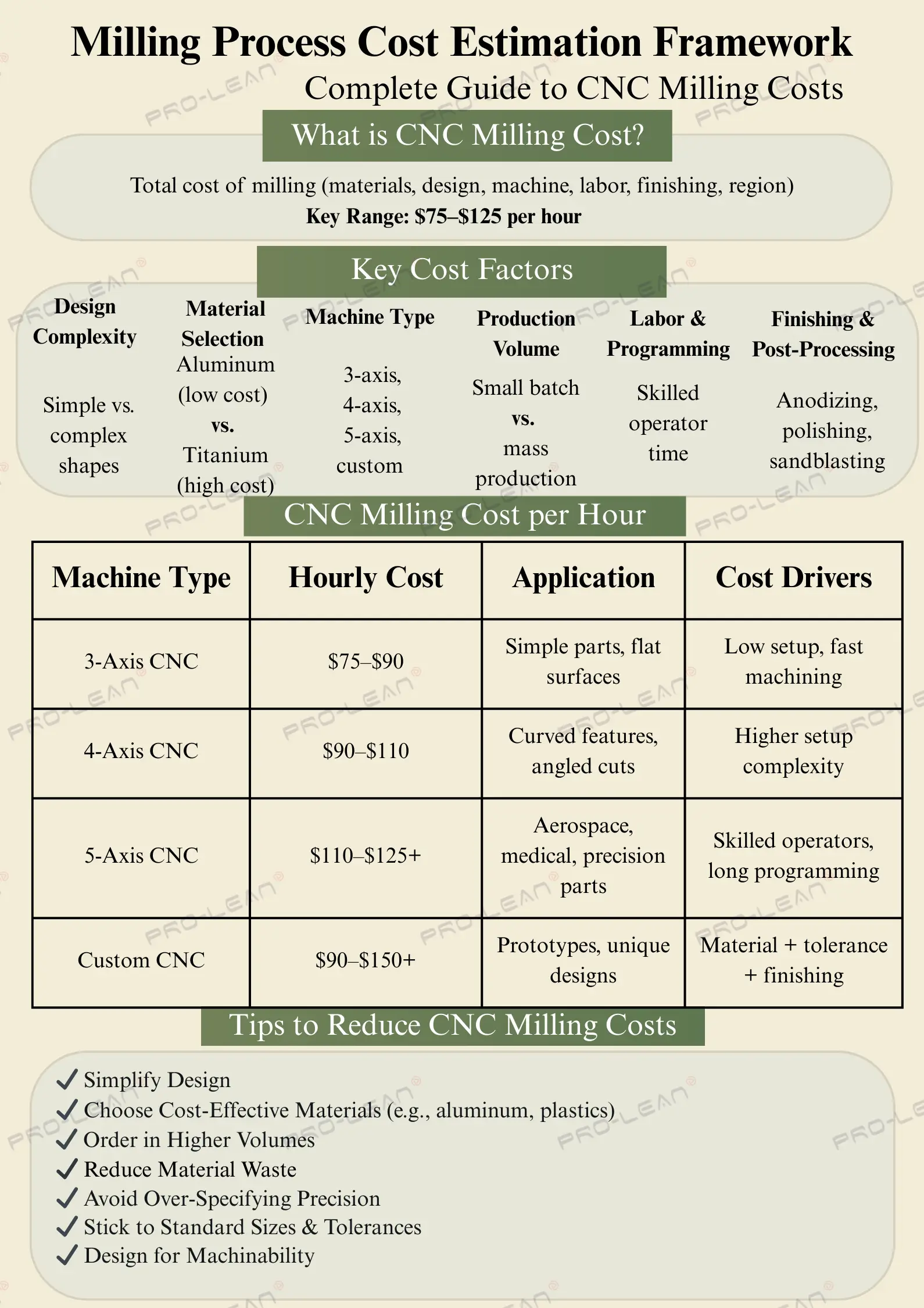
Milling Process Cost Estimation Framework
How Much Does CNC Milling Cost?
CNC milling is a subtractive manufacturing technology. The material is removed from a solid block to create custom parts. It uses a computer-controlled rotary cutter to obtain accurate results. However, the speed, directions and pressure can be adjusted for different effects.
The milling cost depends on the complexity of the part and the type of machine used for it. It can range from $75 to $125 per hour. However, the calculation of the CNC milling cost is quite complex due to the influence of various factors.

Precision CNC Milling
A single price tag cannot determine the cost of a custom CNC milling part, unlike a simple product. Because the CNC milling cost significantly varies depending on the project requirement.
CNC milling machines range from around $20,000 for basic models to over $150,000 for advanced 5-axis machines. Keep in mind that this is only the purchasing price of the machine. It excludes labor, maintenance, operating expenses, and material prices.
Try Prolean Now!
Top Factors That Determine CNC Milling Costs
Many factors influence the cost of CNC milling. Hence, understanding these factors can help you plan your budget and avoid unexpected expenses.
Prolean Tech assists clients in identifying cost factors for fair pricing and excellent outcomes.
Let’s examine a few of these components:
1. Part Complexity and Design Requirements
The custom CNC milling cost depends on the part complexity and design requirements. The milling cost is low for the simple shapes, as it’s easy to machine. The cost of milling a part rises with its complexity, since it takes more time, labor, and resources.
The complex CNC milling takes more programming and time, which raises the final CNC milling cost. Features like tight tolerances, high precision, or extra manual finishing add to the cost.
That’s why it’s smart to consider design complexity early. Simple design choices can help you avoid unexpected cost increases if you need CNC precision machining parts.
2. Material Selection
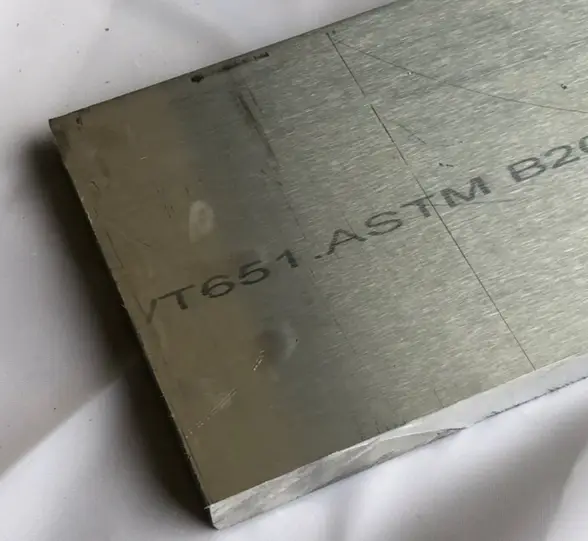
T651 Aluminum Plate
The selection of the material directly impacts the cost of milling. Soft materials, such as aluminum, lower the cost of custom milling. They are easier and faster to machine. Whereas harder materials like stainless steel and titanium increase tool wear and machining time.
The right material makes your part strong and cost-effective. At ProleanTech, we work with many materials and choose the best fit for your project.
3. Machine Type and Capabilities
There are many types of CNC milling machines available in the market. Therefore, their operating expenses vary depending on the machine.
Hence, standard 3-axis CNC mills provide reduced CNC milling costs per hour. With 5-axis machines, you get precise and intricate parts, but the operating cost is higher.
Other specialized machines are EDM (Electrical Discharge Machining) or CNC Swiss lathes. They are utilized for special applications and have different price structures.
Select a CNC machine that can produce a basic geometric design if you don’t want to spend a lot of money.
4. Production Volume and Batch Size
Batch size has a big impact on price. Because setup and programming time are divided among fewer units. CNC milling for small batch runs frequently has a higher cost per item.
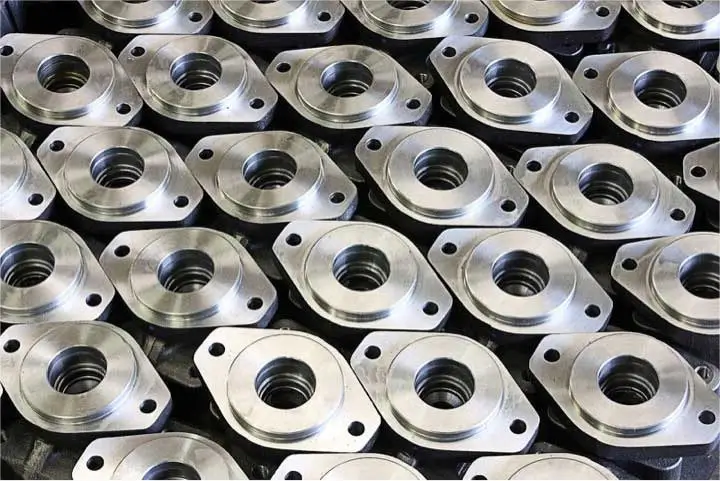
CNC Machined Metal Parts
The CNC milling price per unit lowers with higher production volumes, making mass manufacturing more economical.
5. Labor and Programming Time
Two main factors affect CNC machining cost: skilled labor and programming time. Complex items cost more. They require longer programming and closer supervision.
Therefore, skilled operators maintain accuracy, particularly for CNC precision machining parts.
6. Finishing Processes and Post-Processing
Finishing processes like sandblasting, anodizing, and deburring can increase the custom milling cost. The cost can go up if your part needs a certain surface treatment.
Prolean provides a variety of surface finishing services, including chrome plating, sandblasting, and anodizing, to satisfy your demands. We can assist in optimizing the cost of your project by comprehending your final needs.
7. Regional Cost Variations
Regional cost variations also affect the CNC milling cost. For example, services of local suppliers are more expensive, but they offer better quality control, faster turnaround, and faster communication. Therefore, CNC milling services in China offer lower rates because of lower labor and overhead costs.
When you decide to choose this technology, it will be helpful to keep these things in mind. Fortunately, there are effective tips to reduce your CNC milling expenses.
Read on to find out!
Try Prolean Now!
CNC Milling Cost per Hour: A Detailed Breakdown
CNC milling cost per hour is one of the most crucial aspects when organizing a machining project. However, the cost varies depending on various factors; milling costs range from $75 to $125 per hour.
For example, a basic 3-axis setup is cheaper than complex machining on a 5-axis machine.
At Prolean Tech, we keep prices transparent so customers know precisely how their CNC machining cost is calculated.
| Machine Type | Typical Hourly Cost | Applications | Cost Drivers |
| 3-Axis CNC Milling | $75 – $90 per hour | Simple parts, flat surfaces, holes, slots | Lower setup time, basic tooling, faster machining |
| 4-Axis CNC Milling | $90 – $110 per hour | Curved features, cylindrical parts, angled cuts | Extra axis adds flexibility, higher setup complexity |
| 5-Axis CNC Milling | $110 – $125+ per hour | Complex CNC machining, aerospace, medical, high-precision parts | Advanced machine, skilled operators, longer programming |
| Custom CNC Milling | Varies ($90 – $150+) | CNC precision machining parts, prototypes, unique designs | Material type, tolerances, and finishing needs |
At ProleanTech, we keep pricing clear. Our CNC machining cost calculation is based on setup, labor, material, and machine type. This guarantees that customers are aware of the precise process used to calculate custom CNC milling costs.
Knowing the CNC milling price per hour helps you budget better and avoid hidden costs. This works for both, even if you require CNC milling for small-batch production or large-scale manufacturing.
7 Smart Ways to Reduce CNC Milling Costs
This section provides some effective tips to reduce your CNC machining costs. Every company wants to provide high-quality goods while keeping the cost low.
1. Simplify Your Design
Simplify your design’s complexity as much as you can. Simple designs frequently save money by requiring fewer processes and less machine time. For example, choose designs that do not need the usage of 5-axis CNC machines unless they are absolutely required.
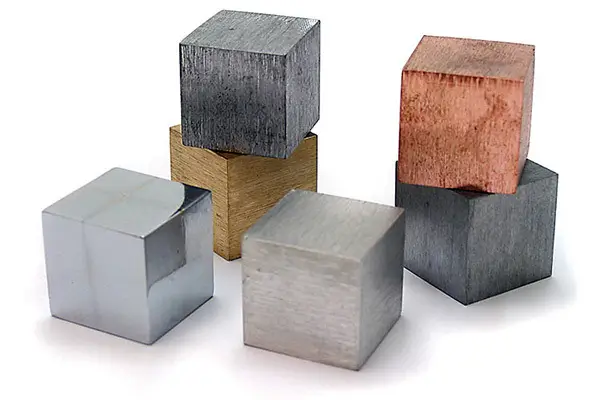
Metal Cubes Collection
Therefore, eliminating extraneous features and simplifying details can significantly save your expenses.
2. Choose Cost-Effective Materials
Choose cost-effective materials like plastics and aluminum that are less expensive than titanium. Metals like titanium have high machining costs because of their strength and toughness.
However, plastics and aluminum are easy-to-process materials and cheaper to machine. Always use the least expensive material that satisfies the requirements of your project.
3. Order in Higher Volumes
With higher volume orders, the cost per unit decreases. This is because setup and programming expenses are spread across more parts. By applying the basic principle of economics, the cost per unit decreases with increased production; CNC machining is no exception to this rule.
CNC applies the basic principle of economics, the cost per unit decreases with increased production.
Thus, you can save your CNC milling expenses by planning larger orders.
4. Avoid Over-Specifying Precision
Over-specified precision leads to higher costs. Every additional level of accuracy needs more time, specialized equipment, and skilled operators. Avoid setting tolerances too tight. If your product doesn’t need high precision, keep tolerances simple. This will ultimately save your time and effort, as well as financial savings.
5. Stick to Standard Sizes and Tolerances
Use standard tool sizes and tolerances wherever you can. Tight tolerances and specialized tools can significantly increase the cost of your project. Additionally, there are more standard tools accessible, which can assist in preventing delays.
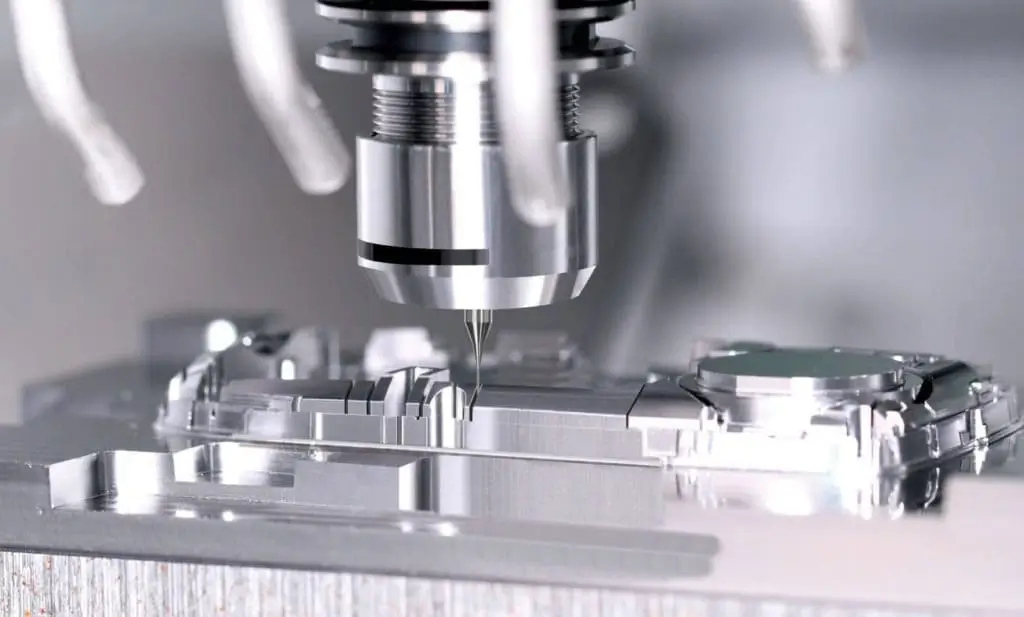
CNC Milling in Action
6. Design for Machinability
Machining certain designs is more challenging than others. Deep cuts, sharp internal corners, and intricate surface finishes add more machining time and expense. Costs are reduced by designing with the machining process in mind.
7. Reduce Material Waste
To reduce the waste of your raw material, optimize the layout of your part. In addition to saving money on materials, cutting down on waste helps the environment. Your CNC machine shop can assist with this, as they have extensive expertise in optimizing layouts to minimize material waste.
CNC Milling Services in China vs. the US
The comparative CNC machining costs analysis in China and the USA is crucial for overseas manufacturing. Both are top choices for outsourcing, but their cost structures are different.
Cost Breakdown Comparison
As ScienceDirect defines, “Milling cost is defined as the total cost associated with the milling process, which varies due to local factors such as labor, energy, and water…” This explains why CNC milling services in China frequently offer lower pricing. Lower labor costs and cheaper materials have a direct influence on the final quote.
In contrast, labor costs and compliance regulations usually result in higher CNC machining costs in the USA. Nonetheless, American firms balance this with automation and cutting-edge technology, increasing productivity and reducing waste in complex CNC machining operations.
Quality and Precision Considerations
Both China and the USA can produce high-quality CNC precision machining parts. However, the strength and quality differ in each region. At Prolean, we frequently counsel customers to consider these distinctions when organizing projects.
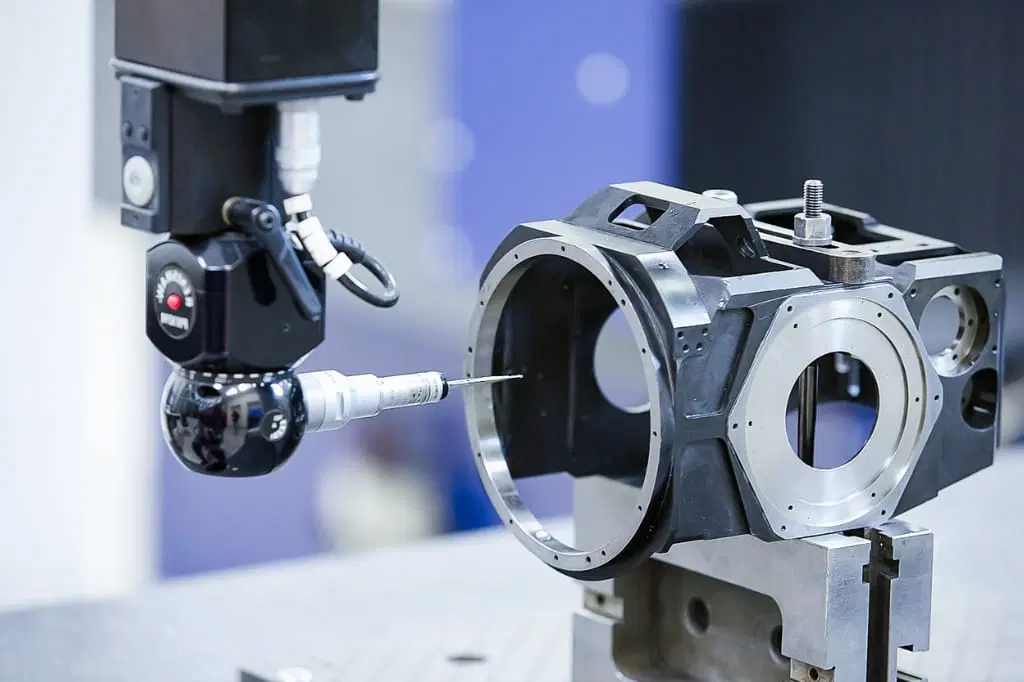
Tight Tolerance CNC Machining | ProleanTech
Chinese manufacturers are a good option for custom CNC milling. It is suitable for both small-batch and large-scale runs as they focus on price and volume.
The USA often leads in intricate, high-precision projects. This advantage comes from advanced machinery and stricter process controls.
This is the key to outsourcing your project goals for cost saving and maximum accuracy.
Lead Times and Shipping Costs
The total cost of milling is also influenced by lead time and logistics. Manufacturing in China can lead to faster production because of being close to raw material sources.
However, international shipping can increase costs and time. U.S.-based CNC services can save on shipping for local businesses. But lead times may be longer because of customization or production queues.
Hence, evaluating both elements ensures accurate CNC machining cost calculations and realistic scheduling.
Conclusion
CNC milling is an effective production technique. But the milling cost can vary. It depends on material choice, machine type, design complexity and location.
Businesses can make well-informed selections by knowing the key factors. These include hourly machining rates, project needs, and price gaps between China and the USA. You can lower Custom CNC milling costs without compromising quality. Ways to save include simple designs, economical materials, larger orders, and cutting down waste.
At Prolean, we assist customers in finding the balance between quality and custom milling cost savings. Our worldwide network and engineering expertise ensure accuracy, productivity, and affordability. We support both CNC milling for small-batch runs and large-scale manufacturing.
To find out how we can optimize your next project, get a free quote from Prolean right now!
FAQs
What is the milling cost?
Milling cost is the overall cost of the milling process. The cost of milling depends on many factors, such as the type of material used, the complexity of the design, and the type of machine used. It’s essential to locate the high-cost areas. Improving these can boost performance and make projects more profitable.
How expensive is milling?
The cost of milling varies greatly. Simple tasks are less costly. But complex CNC milling projects with exotic materials or accuracy are more expensive. It can range from $75 to $125 per hour. However, the calculation of the CNC milling cost is quite complex due to the influence of various factors.
How much does CNC milling cost?
The CNC milling cost significantly varies depending on the project requirement. CNC milling machines range from around $20,000 for basic models to over $150,000 for advanced 5-axis machines. Keep in mind that this is only the purchasing price of the machine. It excludes labor, maintenance, operating expenses, and material prices.
What is called milling?
Milling is a subtractive manufacturing technology. The material is removed from a solid block to create custom parts. It uses a computer-controlled rotary cutter to obtain accurate results. However, the speed, directions and pressure can be adjusted for different effects.

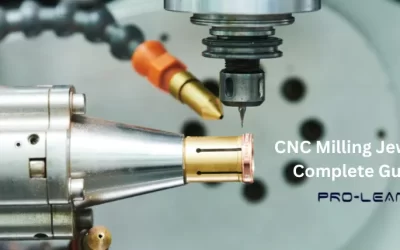
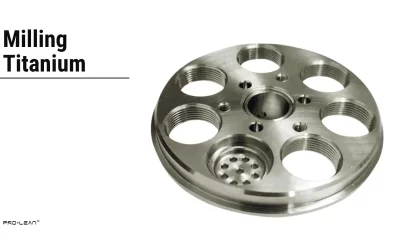
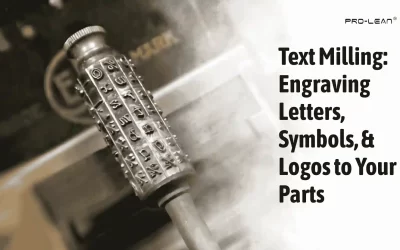
0 Comments